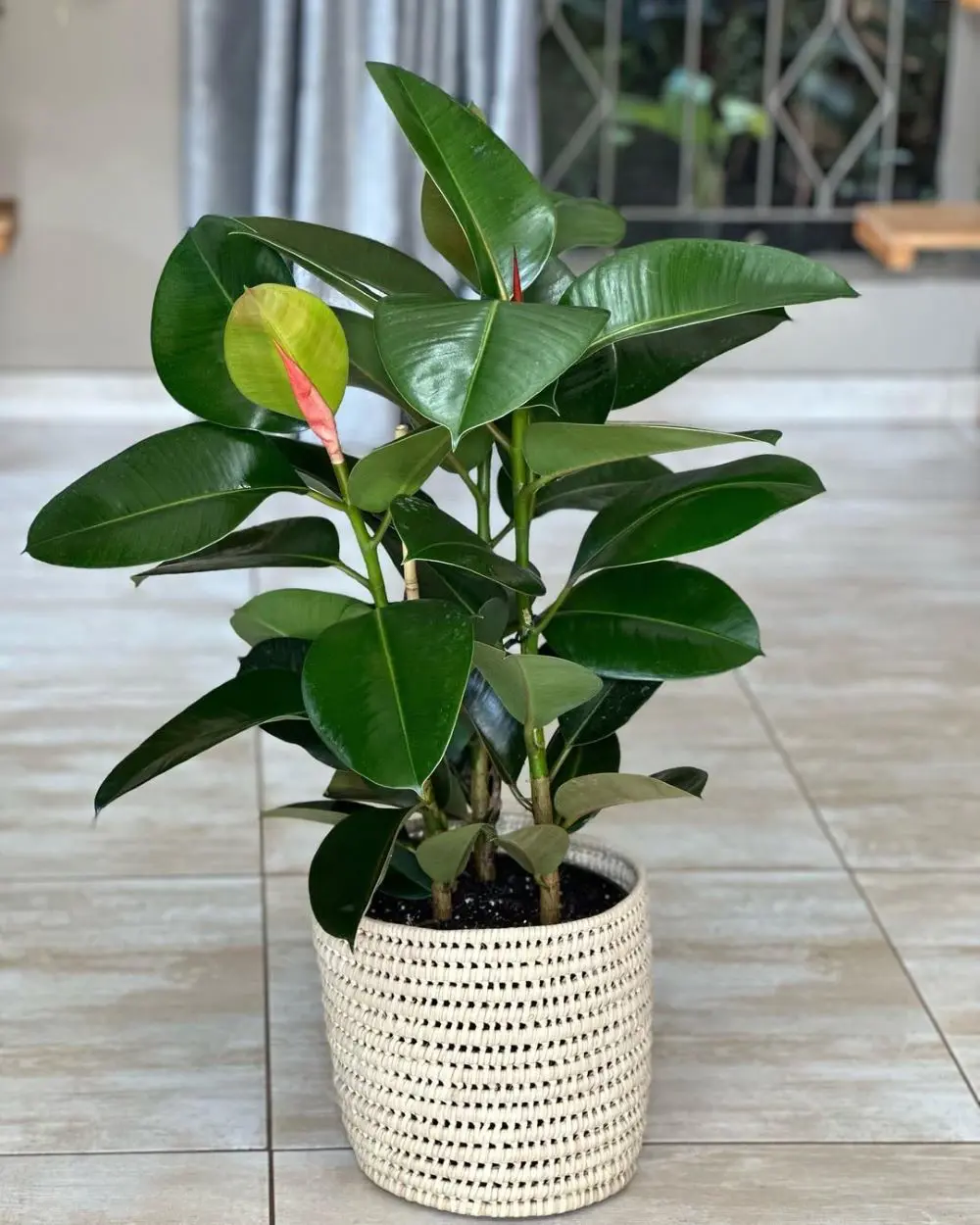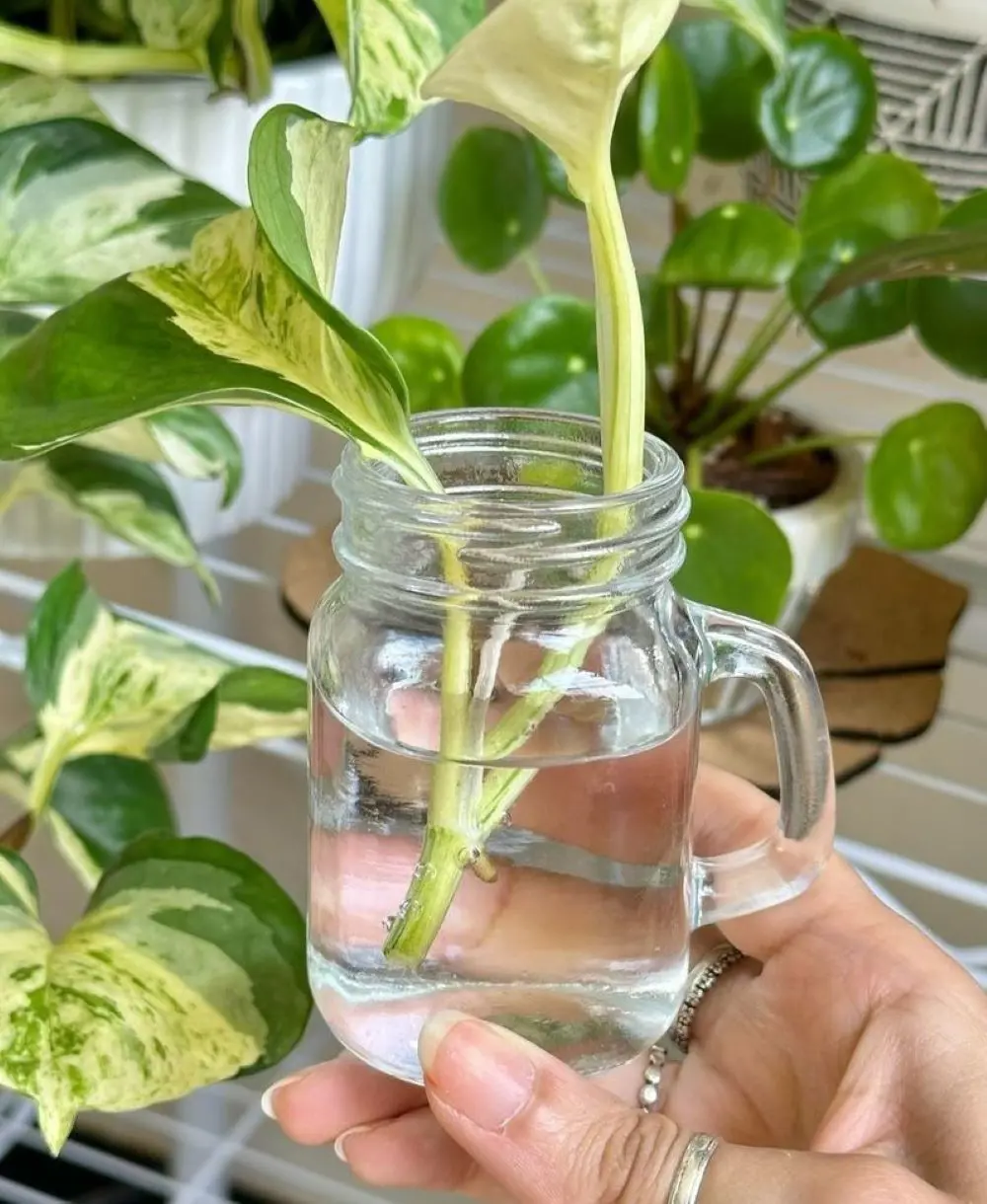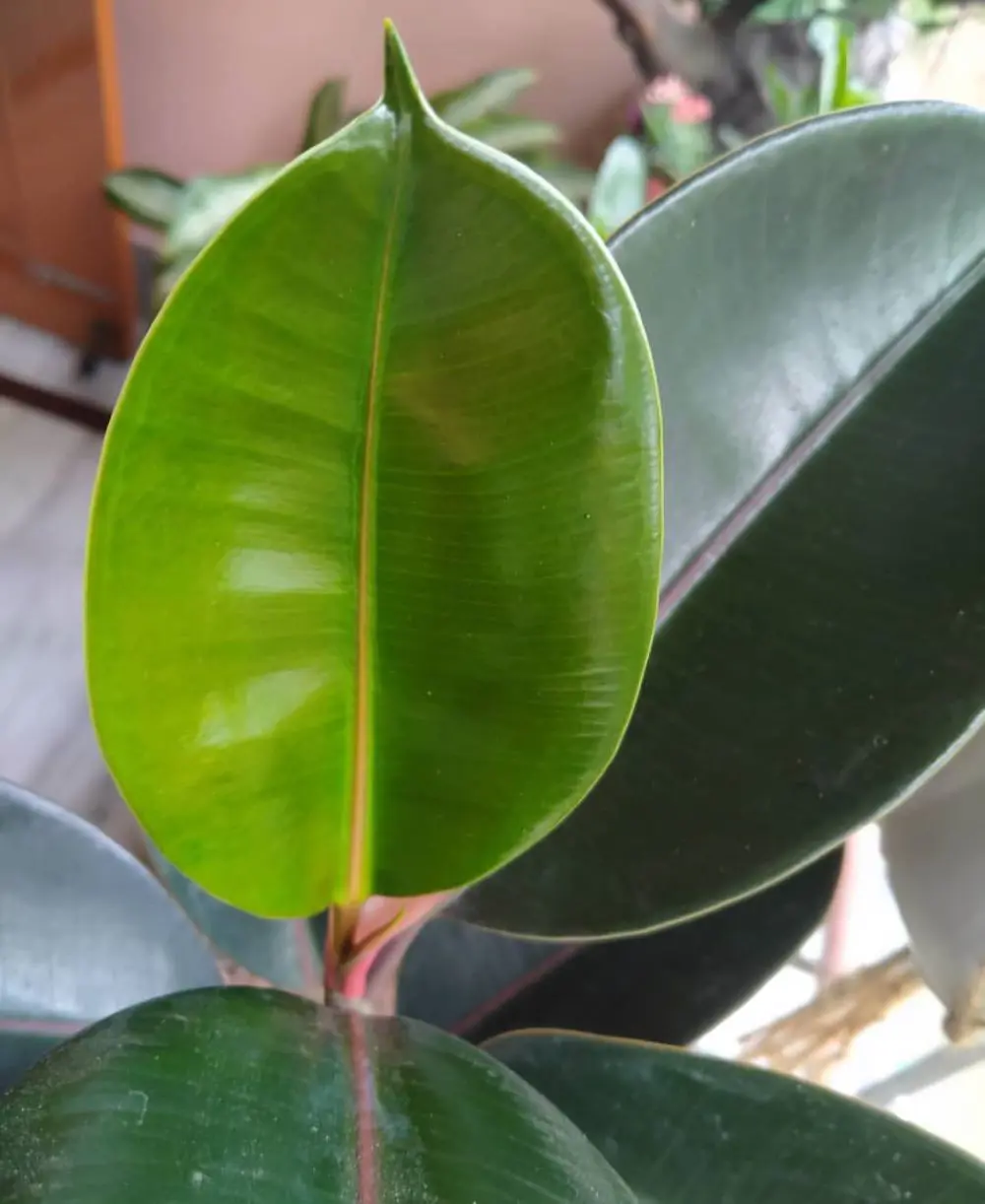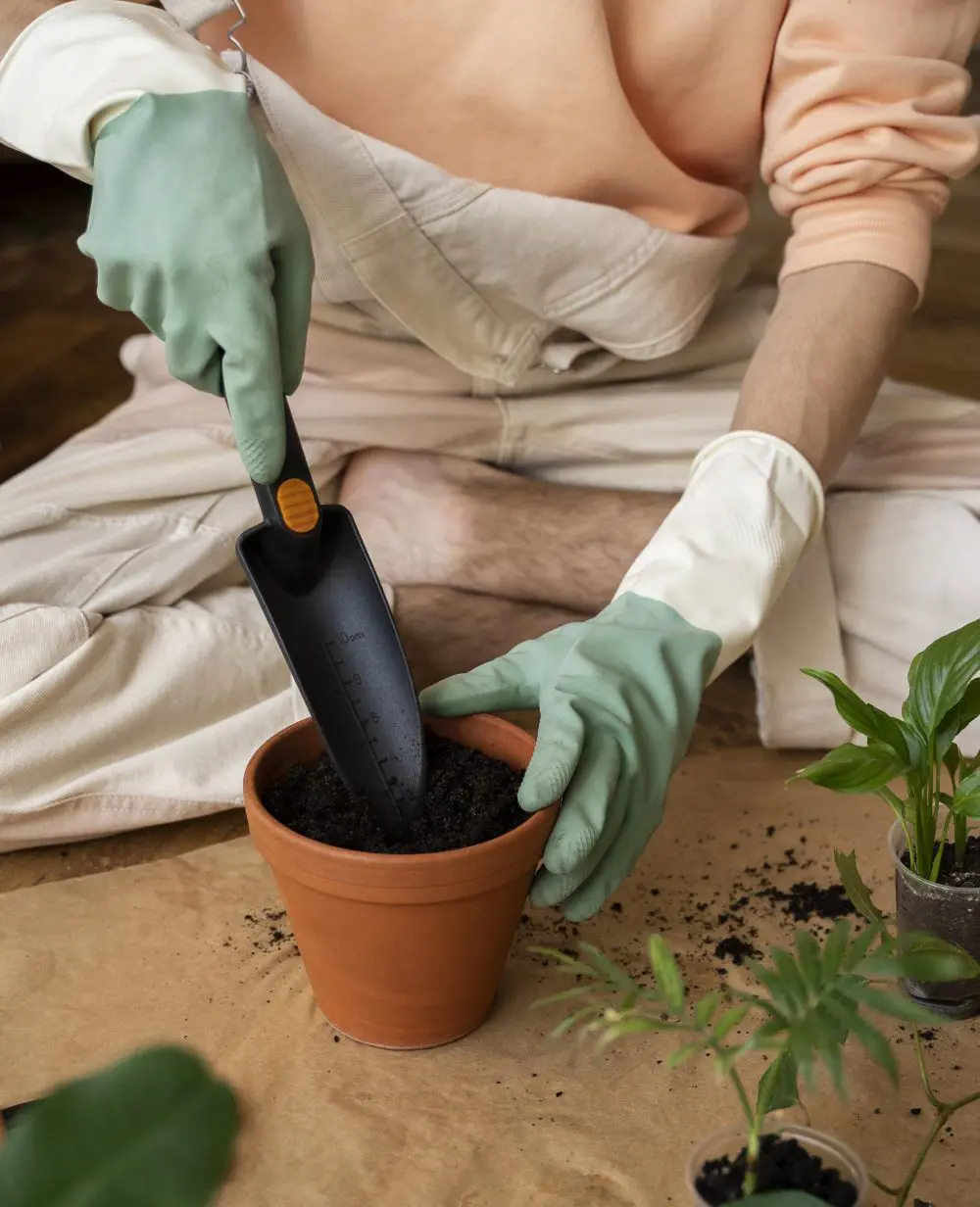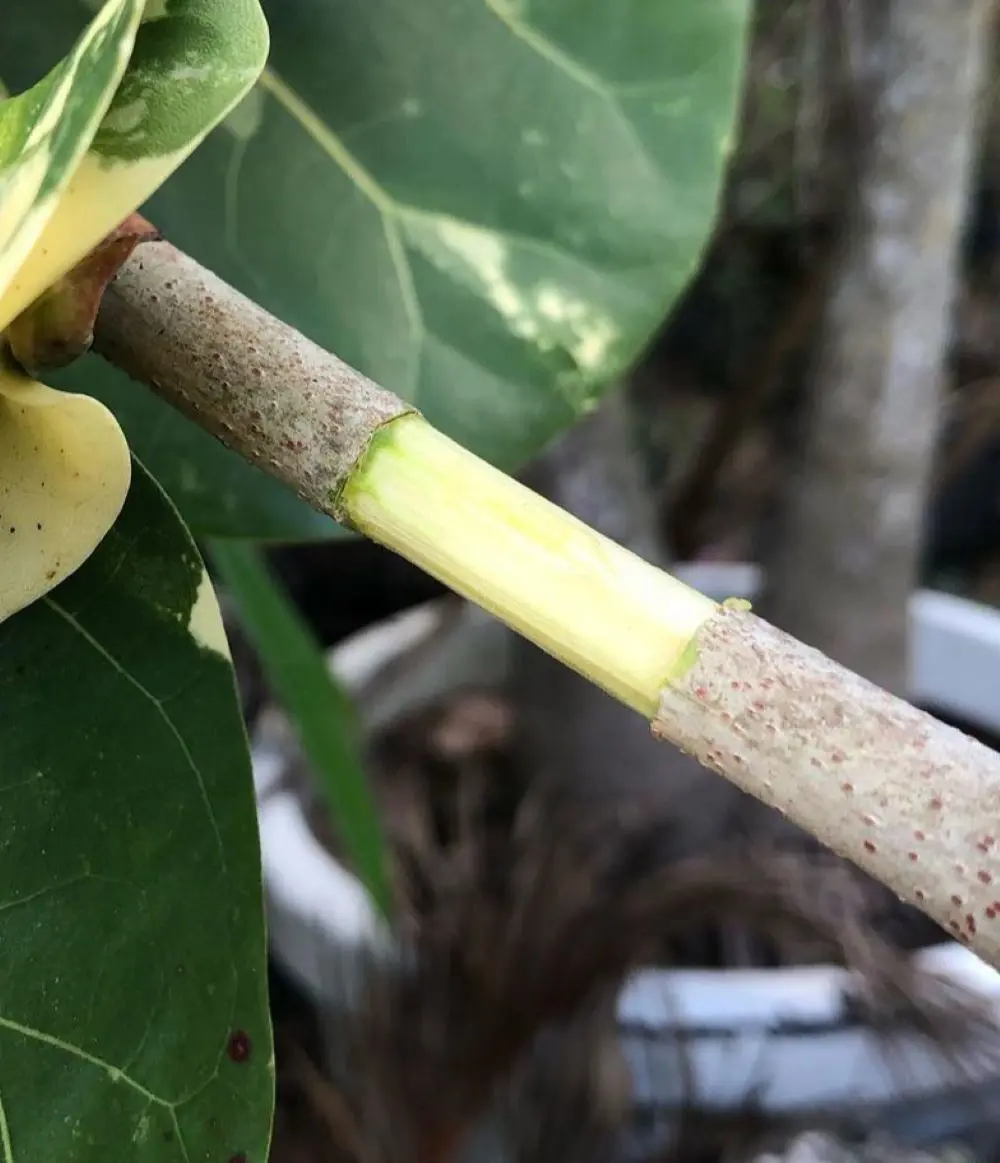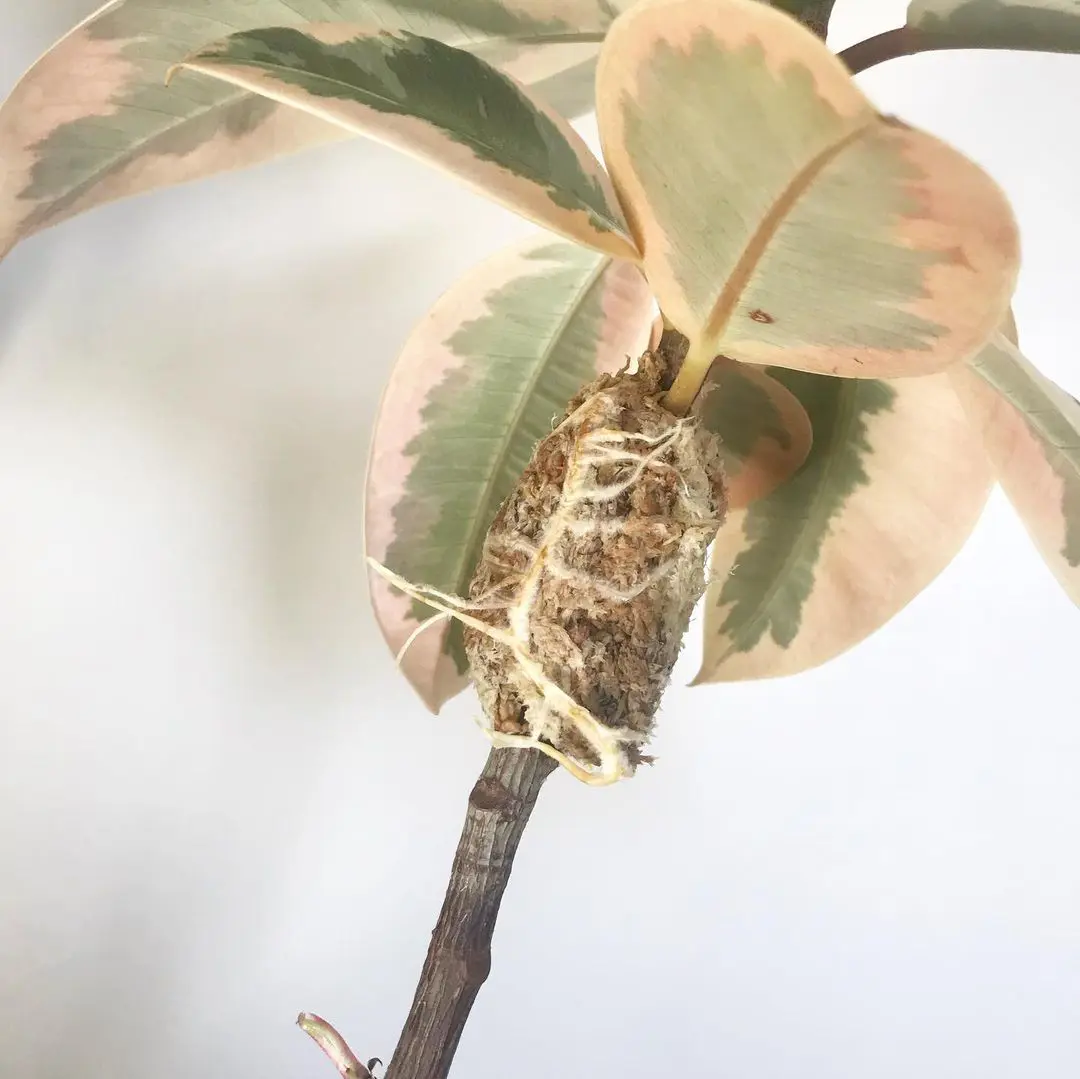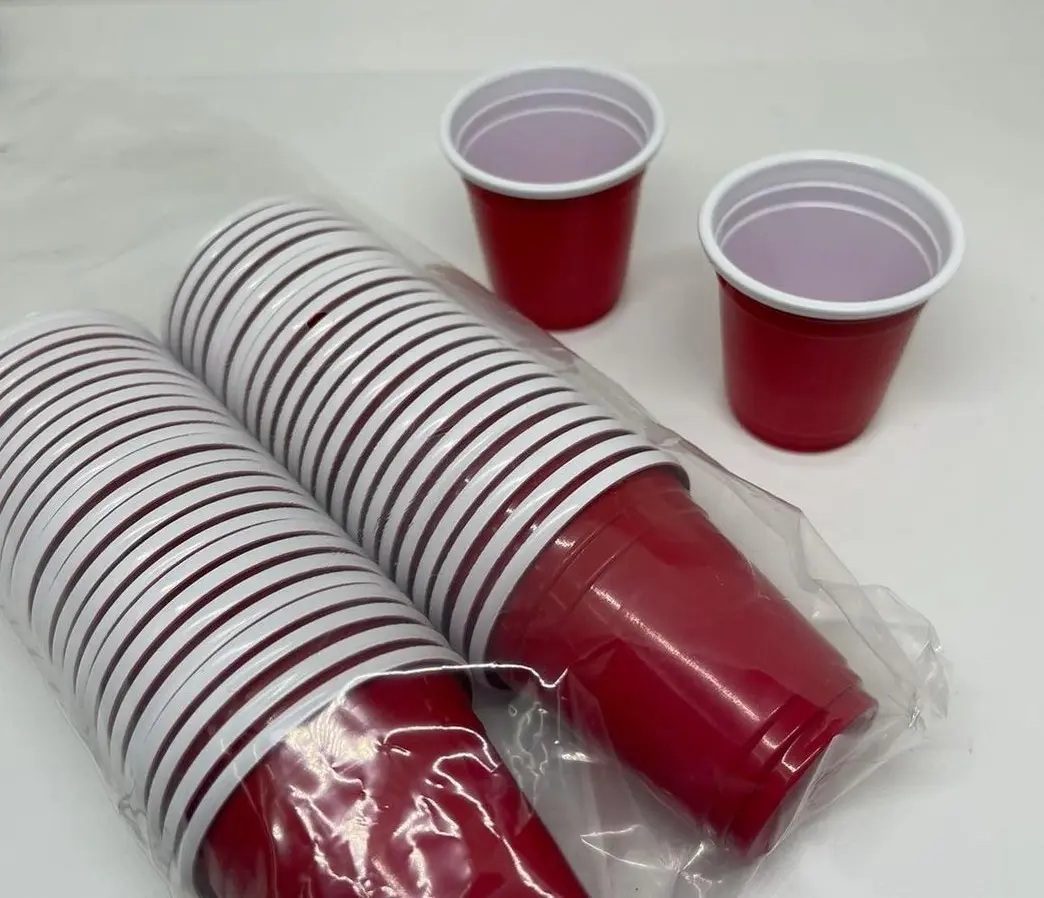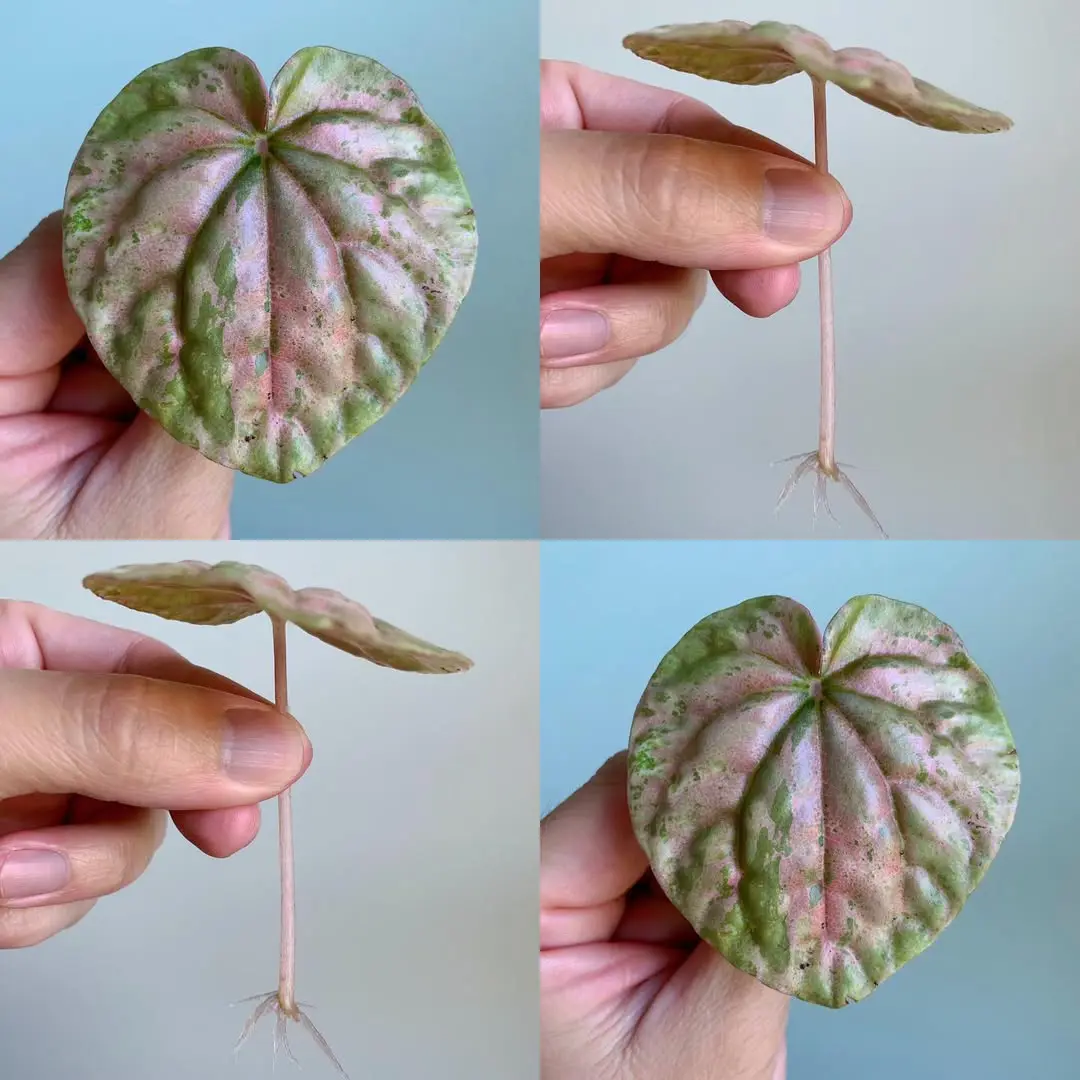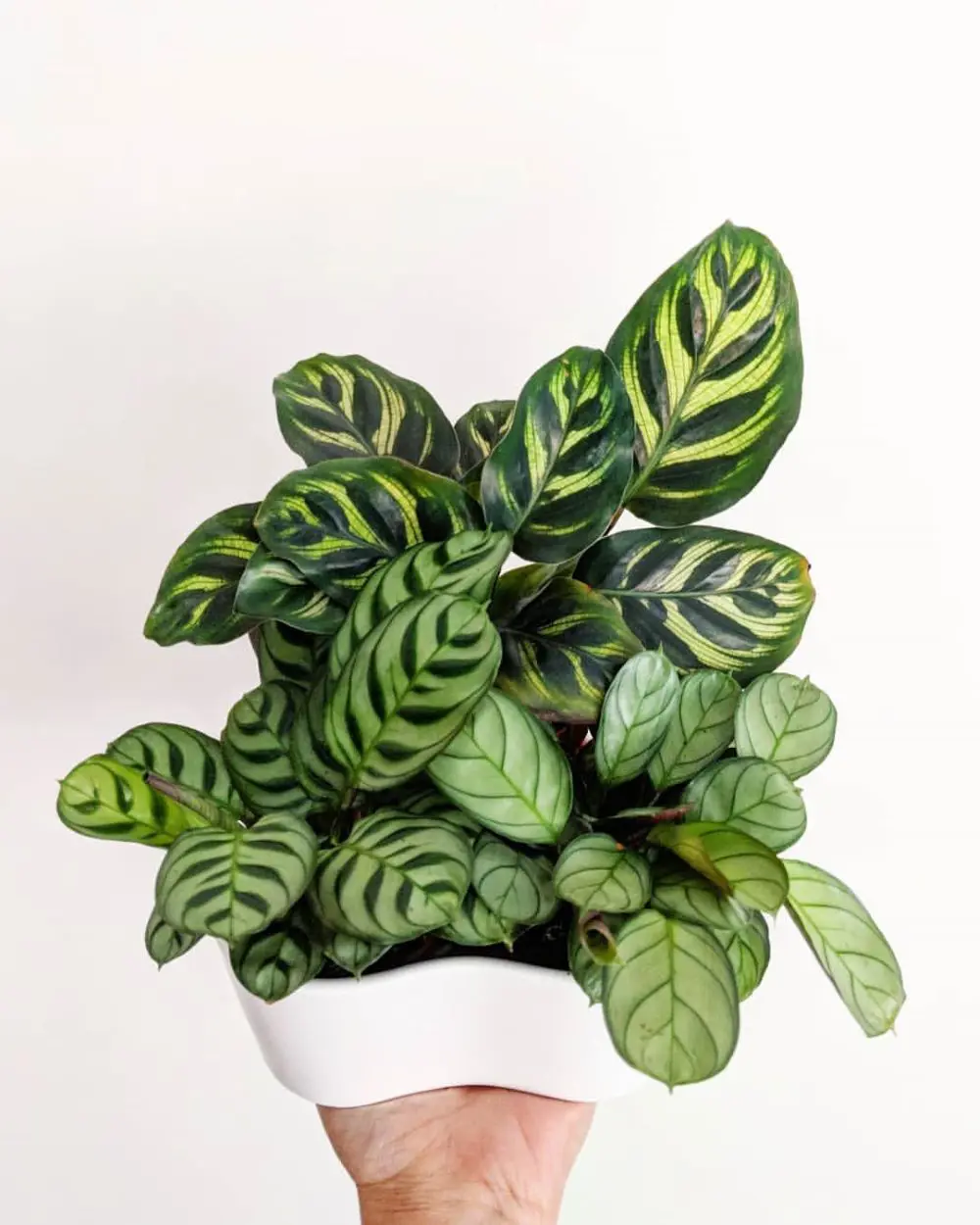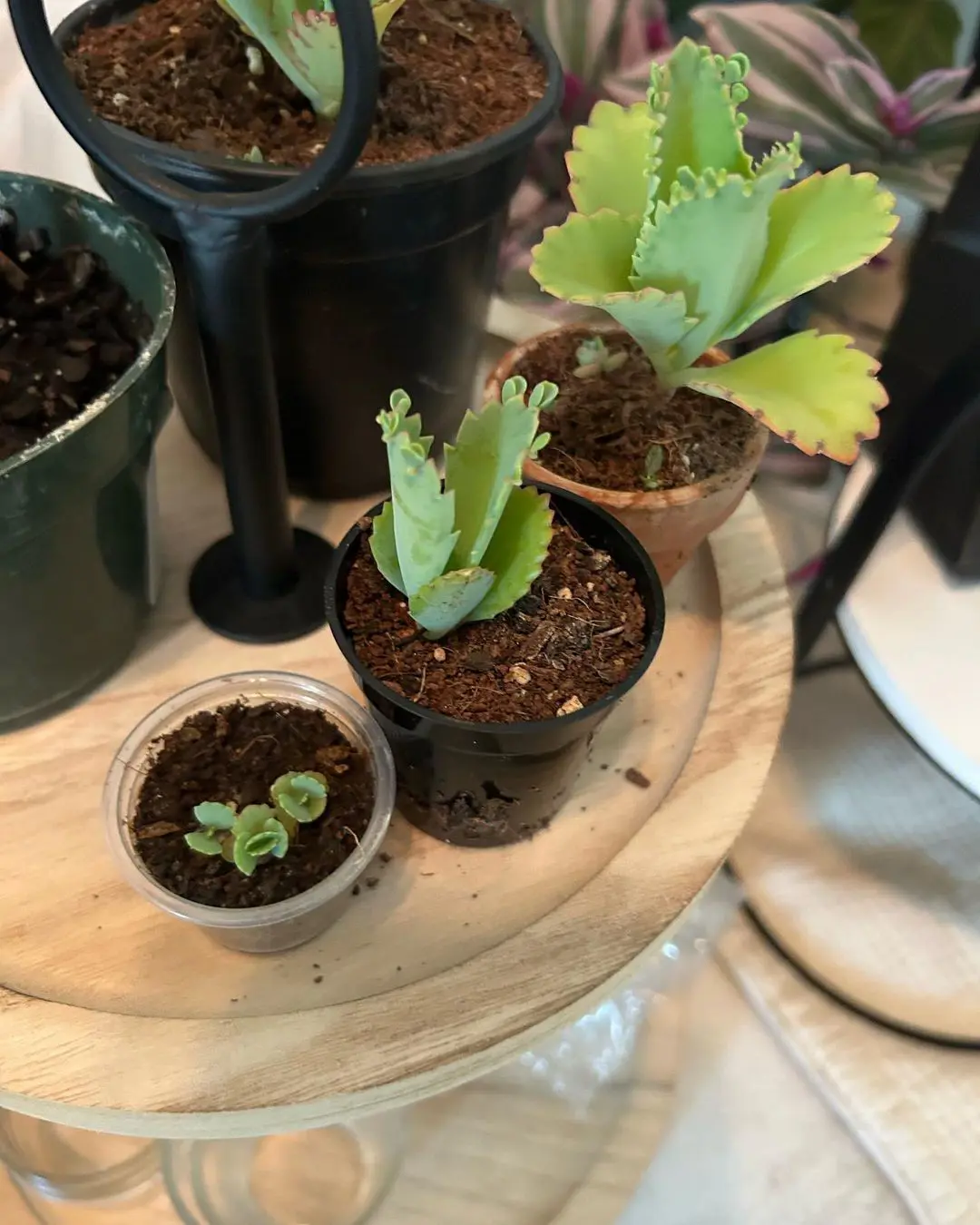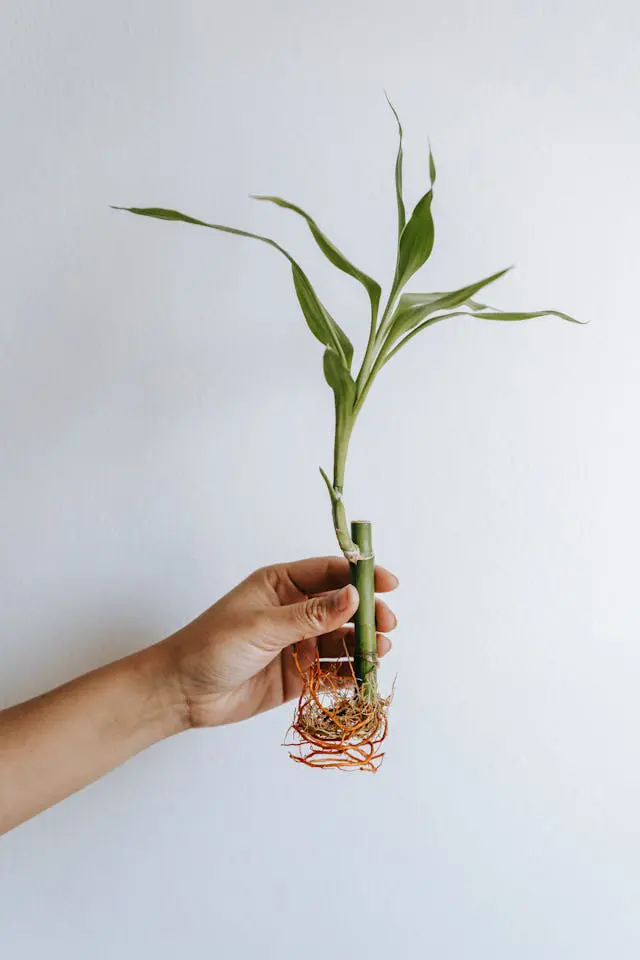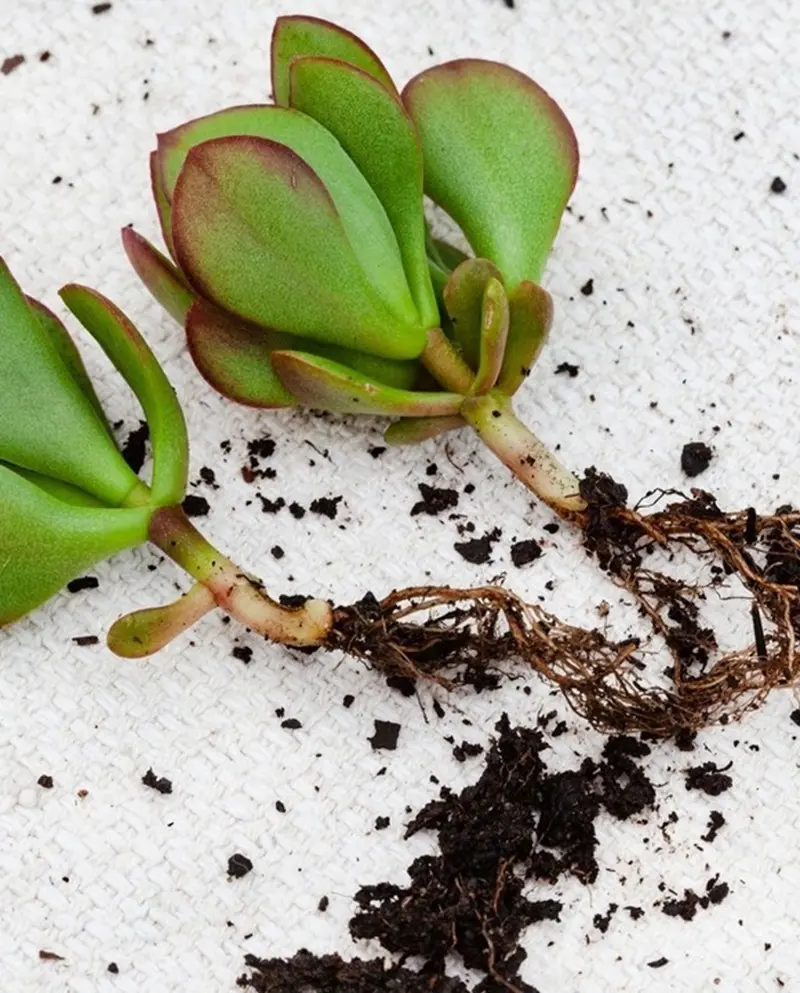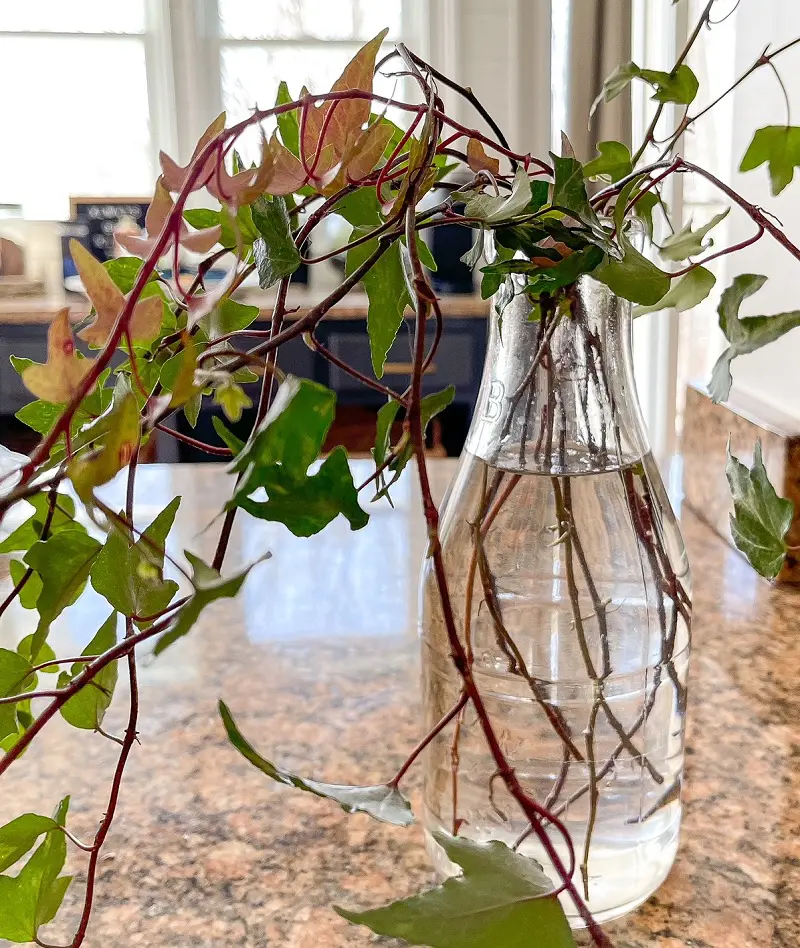1. How to Propagate a Rubber Tree Plant Using Stem Cutting: Soil
Most gardeners prefer stem cuttings because they are fast and easy. This method mimics the plant’s natural growing conditions, reducing transplant shock risk. It has a high success rate.
Tools and supplies: sharp knife or pruners, rooting hormone, container, soilless potting mix,
Prepare a Clean Surface
Rubber tree propagation can be a little messy because the plants exude a sticky, latex-rich white sap at the cuts in the stem. You might want to protect your work surface lest it gets stained. Also, wipe away the debris or soil that could spread diseases.
Always wear protective gloves while taking stem cuttings from a rubber tree because its sap can irritate the skin on contact and gather all the tools and materials before you start.
Pick a Stem
An ideal rubber plantation propagating stem is an actively growing branch. Inspect your plant for a stem with several leaves and flexible new growth at the tip. Choose one that is healthy and has multiple blemish-free leaves. Identify leaf nodes along the stem where new roots eventually grow before cutting into the stem.
Find areas that need to be trimmed as well. Look for sparse areas or spots that could use some fuller growth. Ideally, you also want to take cuttings from leggy, long-stemmed, or branched sections. Rubber tree cuttings should be about 6 inches long with at least four leaf nodes to ensure success, so choose a long stem.
Take a Cutting
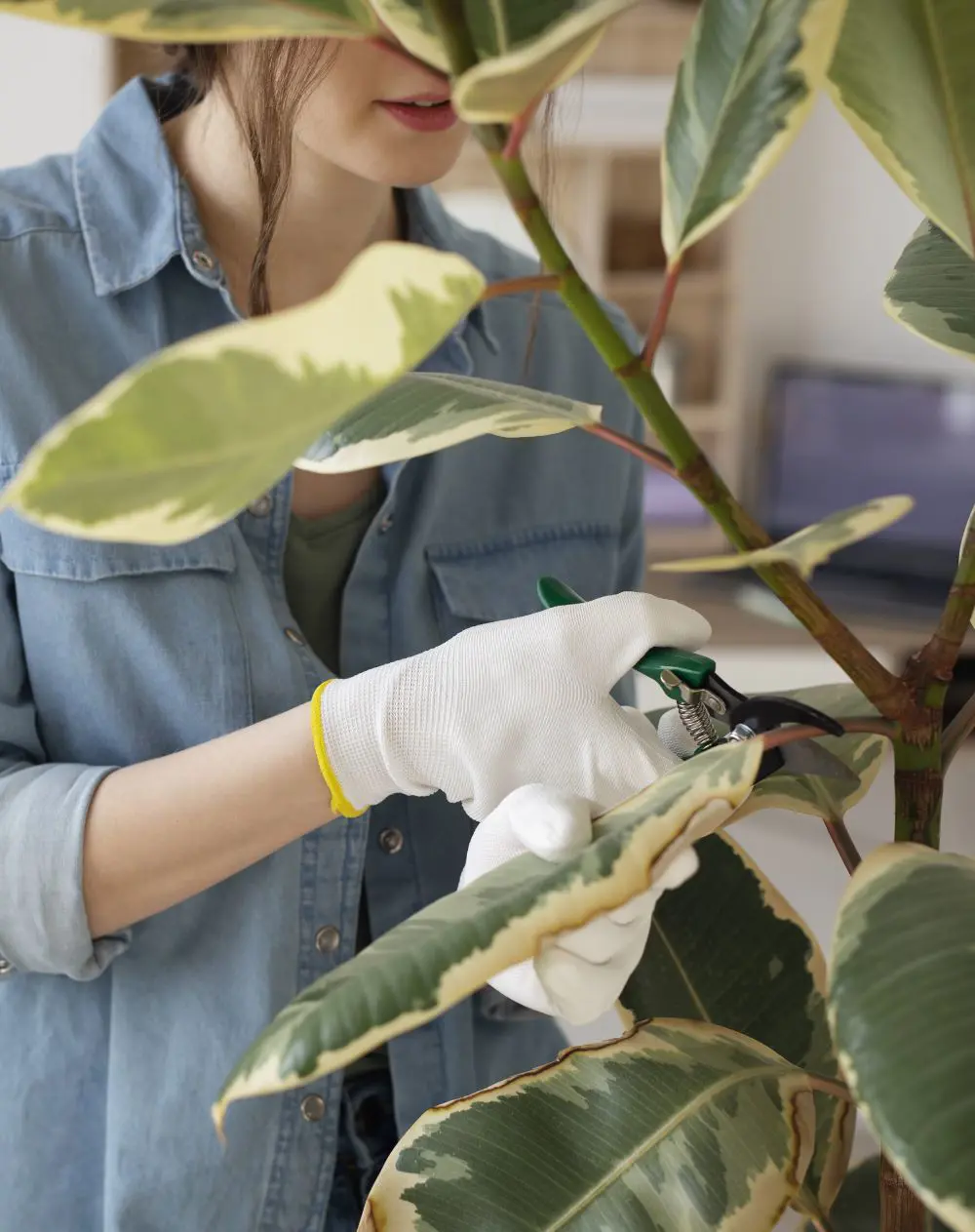
Using your knife or shears, cut at a 45-degree angle below a leaf on the stem where two nodes (the location where the leaf meets the stem) meet.
The angle will give the stem a larger surface area for rooting. If the cutting bleeds sap, hold the cut end of the stem with a moist paper towel until the bleeding stops.
Prepare the Cuttings
Once it stops dripping, remove the bottom leaves from each stem, leaving one or two leaves at the top of the cuttings. Exposing the stem by removing excess leaves helps the plant focus its energy on rerooting rather than maintaining existing leaves.
Take the remaining leaves and roll each one into a cylinder shape, keeping the waxy side outermost, and secure the leaves with a rubber band. Rolling the leaves helps reduce the plants' moisture loss.
Apply Rooting Hormone and Plant the Cutting
Fill the small planter with a soiless potting mix and moisten thoroughly. Poke a small hole in the center with a chopstick or pencil and insert the cutting. The top node of the cutting should be level with the mixture surface. Ensure you use an optimally sized pot to avoid transplanting before the plant is established.
You may also coat the end of the cutting with rooting powder before planting to speed up root development. Pat the soil firmly down around the cutting to secure it in place. You can insert a small stake in the rolled leaf's center to support the cutting.
Provide Warmth, Humidity, and Sunlight
Ideally, place the pot with the cutting in a greenhouse to maintain ideal growing conditions. If not, keep it in a warm spot with bright, indirect sunlight after covering the pot in a clear plastic bag or humidity dome.
Direct sunlight scorches the leaves and dries the soil, while the plastic covering traps moisture, essential for the cutting to grow. You can also mist it occasionally to maintain moist conditions and keep the soil from drying out.
Check Root Development
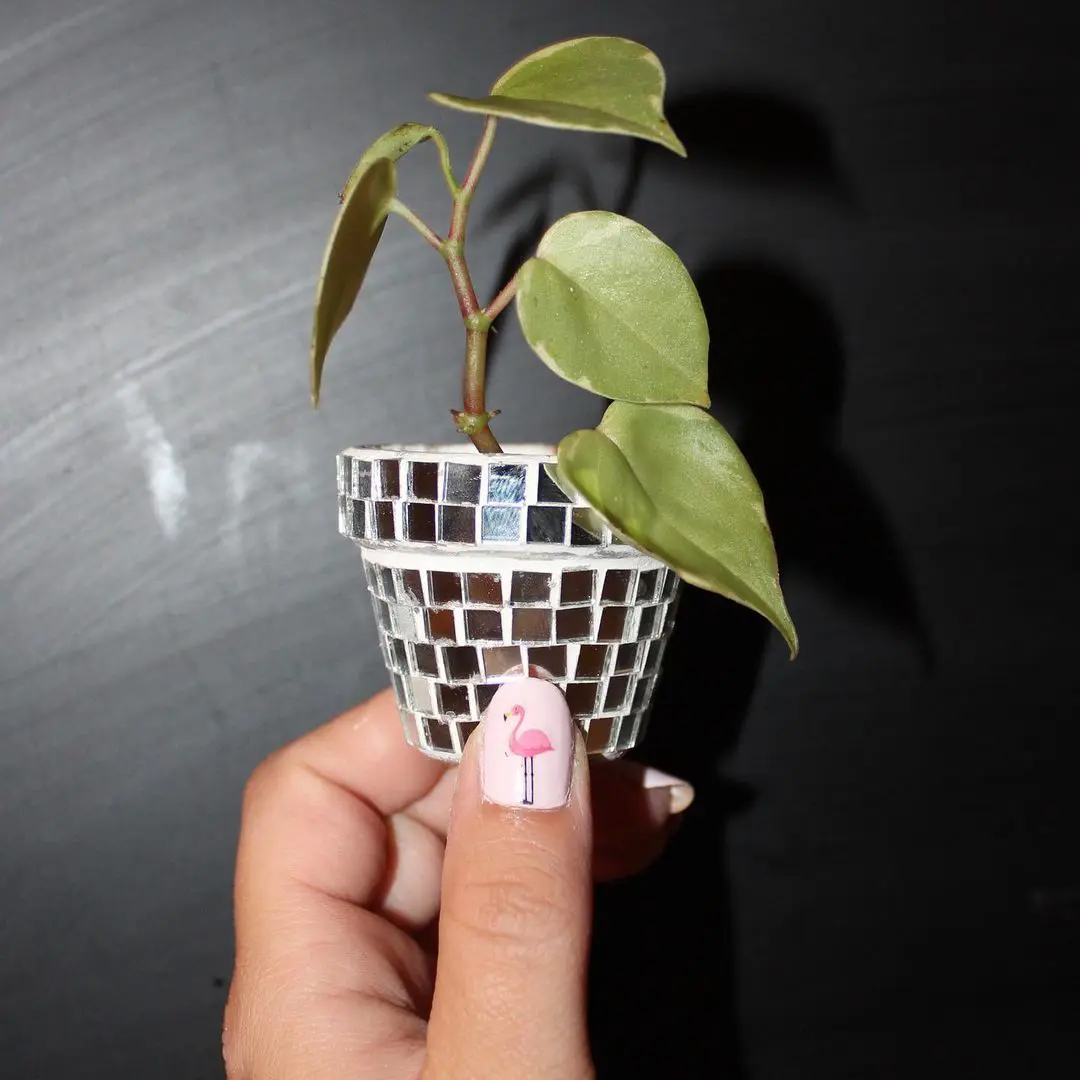
The roots will take a few weeks to develop, and until then, don’t disturb the cutting. They should start developing roots after four to five weeks. Gently pull the cutting to check if the roots have developed.
If tugging is difficult and you encounter resistance, roots have begun to form. When the roots have developed, remove the plastic covering or dome and care for the baby plant. You can use this method to propagate any type of rubber plant.
